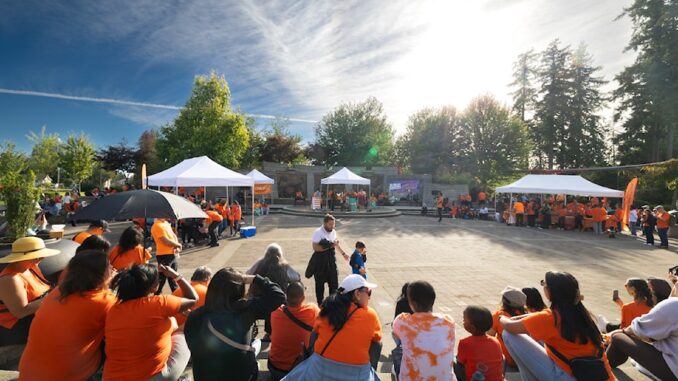
It seems like you’re looking for a 500-word exploration of Arizona’s meaning and the concept of filling gaps. Here’s an interpretation:
—
Arizona, derived from the Spanish word “Arizonac,” is believed to mean “small spring.” This seemingly simple etymology can symbolize the state’s profound connection to nature, water sources, and life in an arid environment. As we delve deeper into what Arizona represents, it becomes clear that its meaning encompasses more than just geographical significance; it reflects a journey of understanding and connection with the land.
Arizona is often characterized by its stunning landscapes, from the vast deserts to the majestic Grand Canyon. These natural wonders serve as a backdrop for the stories and experiences of those who inhabit the region. The beauty of Arizona is intertwined with the cultures of Native American tribes, whose histories and traditions span centuries. Their deep-rooted connection to the land adds layers of meaning to Arizona, suggesting a narrative of resilience and adaptation.
However, as we explore the meaning of Arizona, we also encounter gaps—historical, cultural, and ecological. These gaps represent areas where understanding is lacking, and where narratives may be overlooked or silenced. For instance, the rich tapestry of Indigenous history is often overshadowed by more dominant narratives. Acknowledging these gaps is crucial in fostering a more inclusive understanding of the state’s identity.
To fill these gaps, we must engage with diverse perspectives. This involves listening to the voices of Indigenous peoples, recognizing their contributions, and understanding their ongoing struggles for sovereignty and recognition. Education plays a vital role in this process; by incorporating these narratives into curricula, we can begin to bridge the gaps in understanding Arizona’s complex identity.
Ecologically, Arizona faces significant challenges, including water scarcity, climate change, and habitat loss. The state’s deserts are not merely barren landscapes but vibrant ecosystems that require attention and conservation efforts. Addressing the environmental gaps involves sustainable practices and community engagement. Initiatives that promote conservation and responsible resource management can help ensure that Arizona’s natural beauty and ecological diversity endure for future generations.
Moreover, the cultural gaps in Arizona’s narrative reflect the need for dialogue and connection among its diverse communities. The state is home to a rich mix of cultures, including Hispanic, Anglo, and various Native American groups. Celebrating this diversity through festivals, art, and community events fosters a sense of belonging and unity. It allows for a shared understanding of what Arizona means to different people, emphasizing that its identity is multifaceted and ever-evolving.
In conclusion, understanding Arizona requires us to embrace its complexities and confront the gaps in its narrative. By acknowledging the diverse histories, cultures, and ecological realities that define the state, we can cultivate a deeper appreciation for what Arizona represents. This journey is not just about recognizing the beauty of the land but also about understanding the stories that have shaped it. Filling these gaps leads to a richer, more inclusive understanding of Arizona, encouraging us to honor its past while actively shaping its future.
—
If you have a specific angle or context in mind, feel free to share!
Leave a Reply